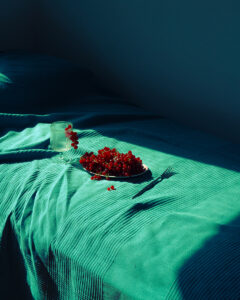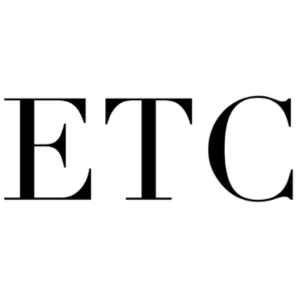Interviews

Delfina Carmona
Photographer and Art Director from Buenos Aires, Argentina, currently living in Berlin, Germany.
With a background in the world of theater and a career in professional photography I dedicate myself to the visual arts and creative photography by constructing scenes and installations to shoot almost daily.
Small scenarios and performances where self-portraits, compositions with objects, vibrant colors, reflections and shadows became a form of expression that synthesizes a part of who I am.
The search for a language of my own, the aesthetics that I developed, my relationship with light and shadows, with colors and shapes, led me to work with different brands and projects around the world.
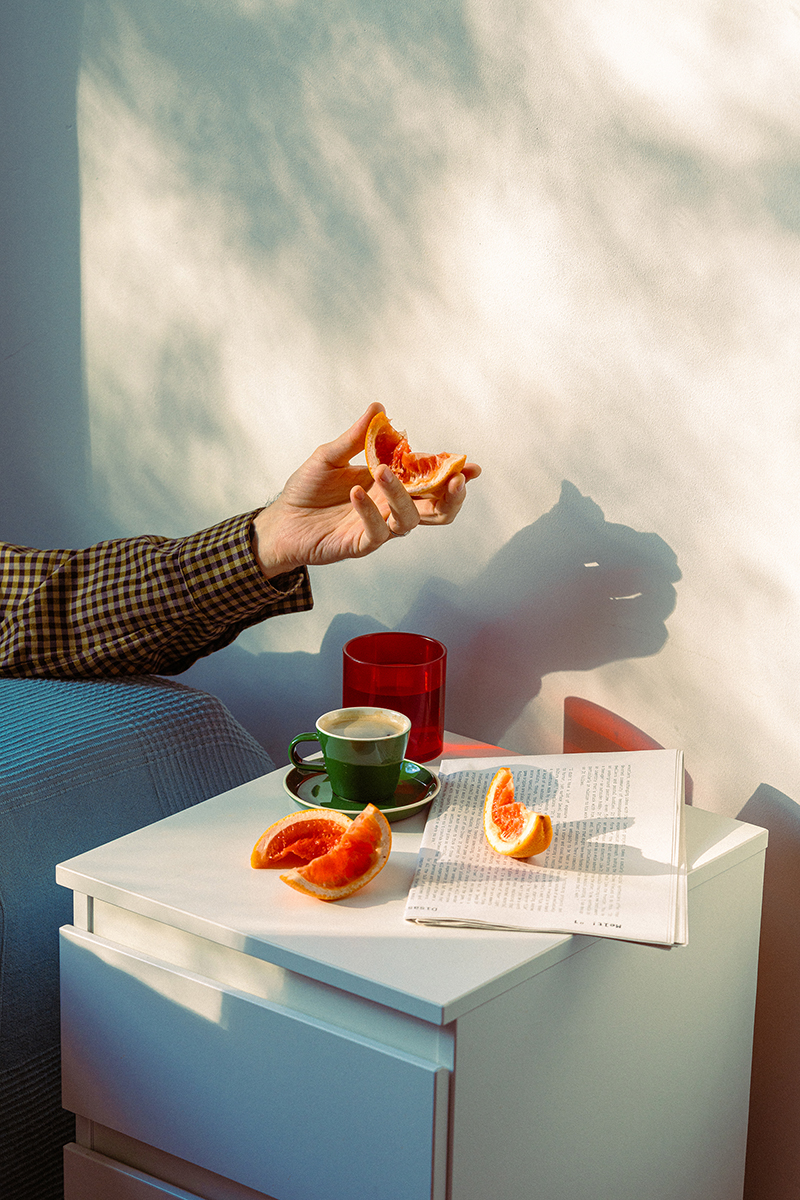
Can you describe your process for designing the small scenarios and installations that feature in your work?
My creative process has many edges. When it comes to building scenes and installations with objects there is a lot of testing, intuition and practice. I take it as a game, a space for experimentation and research. Sometimes I gather and find objects that I would like to work with and based on that I build around them. Other times I start from nothing and I start testing with different elements within my reach or from everyday life and I give it shape in an empty space.
What role do self-portraits and object compositions play in expressing your emotional and sensitive world?
In the case of self-portraits I think they function doubly as a way of self-knowledge and personal exploration over the years, a form of keeping a personal diary at some point. But also as a way to represent different characters, to act for a while, to play and perform, to not take myself so seriously, to border on the absurd, to have fun with my own image and also to express through the self-portrait my emotions, my thoughts and thus dialogue with the viewer. The compositions play a similar role but perhaps in a more abstract way, where the objects can also be talking about me and playing that leading role while I am not the one in the scene.
I like to look at my photos as scenarios of possibility, where something seems about to happen, or is happening at that moment. Or maybe it has already happened and we see the consequence of that moment.


Your work often incorporates surreal and dreamlike elements, including reflections and shadows. What inspires these choices?
Surrealism and the world of dreams and daydreams have fascinated me since I was a child. I think it is a very powerful aesthetic language, which leaves the concrete, the mentally regulated, the super-calculated, and opens a door to a freer search within more flexible frameworks, where everything is possible. And I love that. I like to move between these open ideas like fluffy clouds, giving rise to mystery, to the unknown, to the puzzling and absurd at times.
How do you balance absurdity and meaning in your art to create such powerful emotional connections?
I think the balance comes naturally many times. I like to think that my work has a lot of emotional power because it comes from a very deep and instinctive part of me and it’s very personal and very intimate. But at the same time I think I need to have fun creating, I have to enjoy it and I have to take myself less seriously because life itself is very absurd if you think about it. So it’s a little hard for me to think that all the time everything has to be super deep, to have a concrete message. Sometimes my art has it and I go deep with it, other times I laugh at myself, and I get carried away with the absurdity.
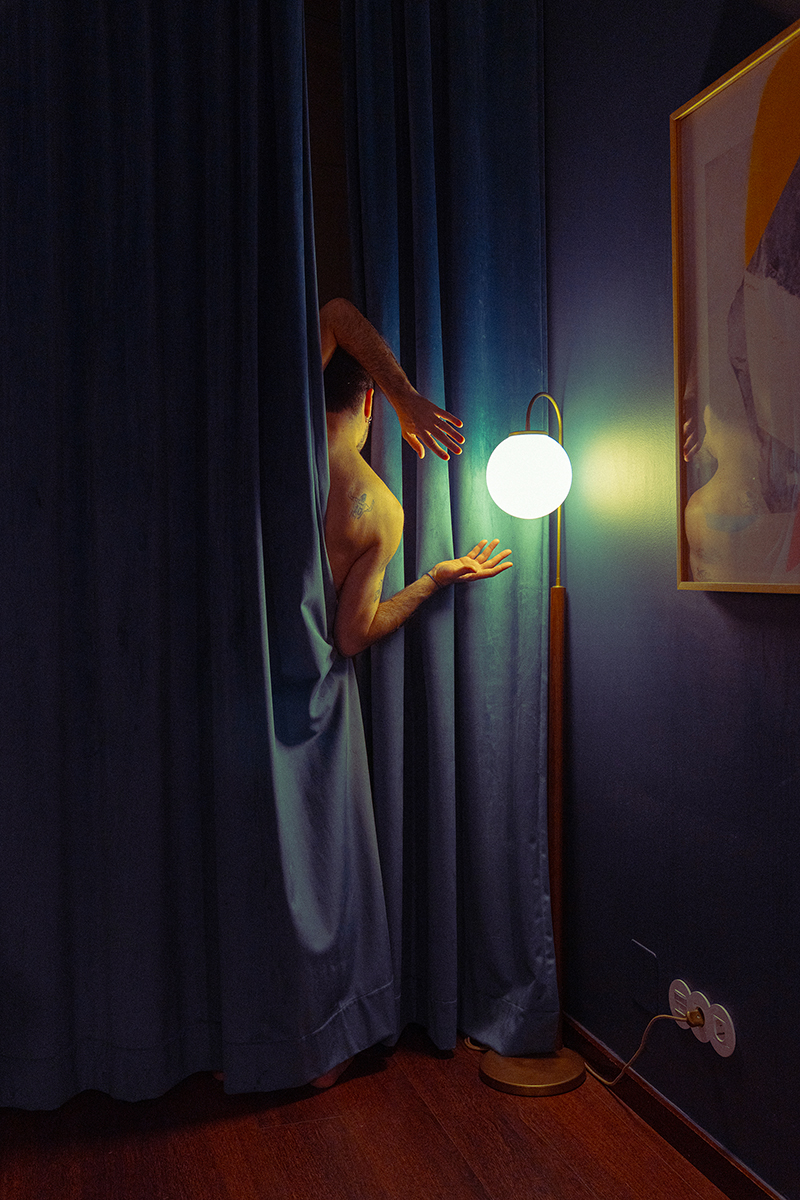

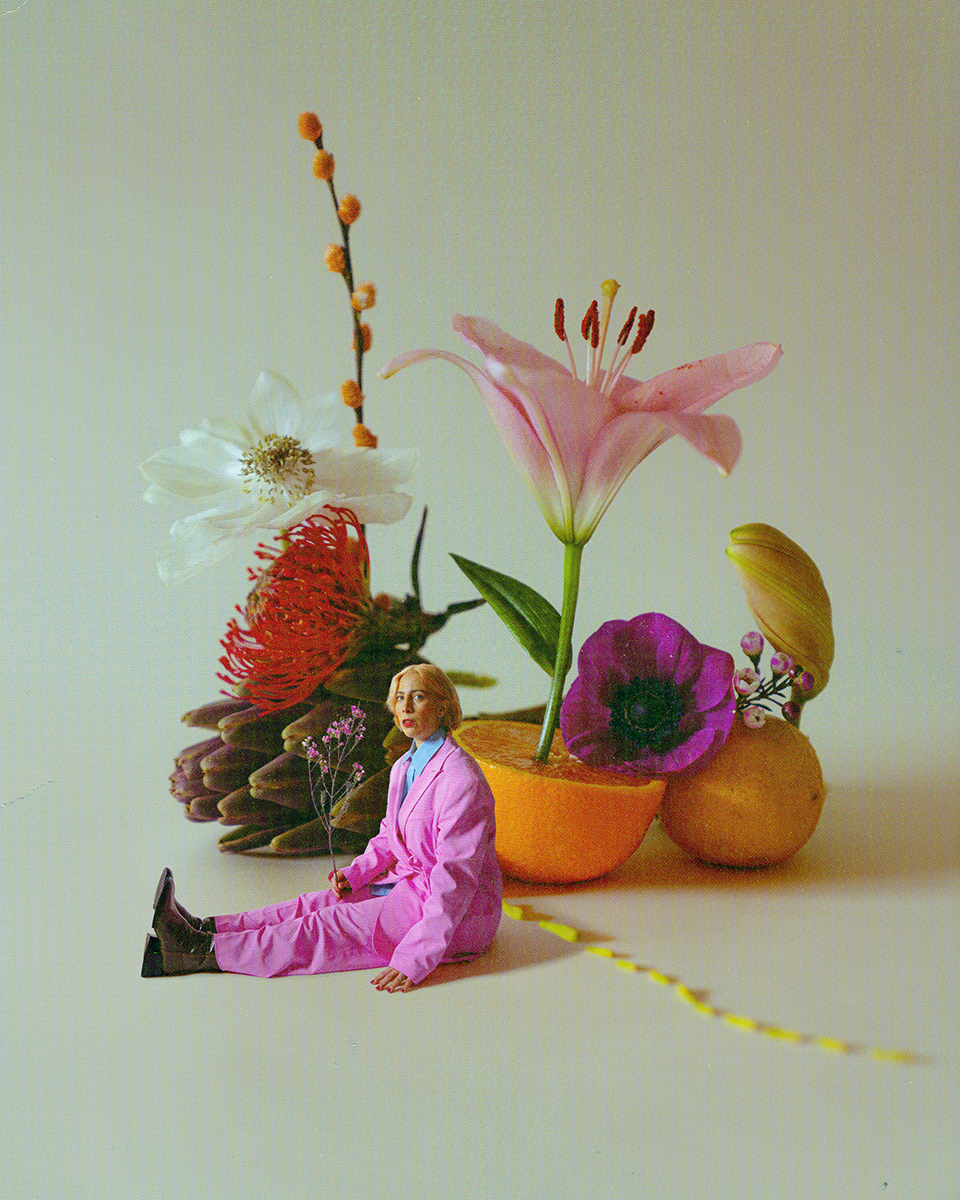
You’ve described your goal as creating a “momentary vibration or connection” with viewers. How do you approach crafting this shared, timeless universe?
I don’t know if it’s something I consciously look for when creating. I don’t know if I am actively thinking about what will happen when someone sees my work, what they will think or what emotions they will have, if they will like it or not. I think that getting into that conversation limits any artist a lot and takes the main emotion out of the primary act of creating. But if that momentary vibration or that connection appears and someone feels challenged or touched by your work or by an image you make, it’s very beautiful and ultimately it also becomes an engine to move forward.
How has moving to Berlin impacted your creative process and artistic exploration?
Moving to Berlin has definitely changed the game for me. For start, it has changed my relationship with light a lot. I became more comfortable with the idea of working with artificial lights and it made me grow a lot in this sense, in finding new sources, new ideas, new scenarios. In the past, the sun was the supreme king for me and today I can say that my artificial lights and the sun complement each other perfectly in my work. It also opened new doors, new connections and I believe today that it was a good decision to continue growing and developing my career. And I’m open and excited to see what else I can do, what other things can happen, etc.

Are there any themes or concepts you hope to explore in future projects?
I think that every project I have done over the years has somehow marked something in me, they have been part of my process and my path. In general, I try to make sure that the things I do are aligned with me in many aspects and that in some way they can feed me back. That’s why I feel that I could name really many and the list would be quite long! But at this moment comes to my mind the series of photos I made last year in collaboration with C/O (my favorite photography museum here in Berlin!) and Visit Berlin. They commissioned a series of photos with total freedom on my part to show the city through my eyes (together with other talented artists) and then the photos were exhibited on the streets and at the airport, which made me very happy. I really like it when art comes out of the traditional spaces and can reach everyone and you can find it in not so common places, to go from digital to the daily reality of people’s lives. It’s very nice to see people surprised to find it, interact with it, etc.
What advice would you give to aspiring photographers who want to develop their own unique visual language?
I think the most trite but perhaps the most sincere advice of all is to be honest to our desires, to our own eyes and to trust the process. Do not do things wanting to reach a result but valuing the path towards it and try not to get carried away by the external look of other people, by other opinions and comparing yourself with people who may be at another stage of the process. There are as many unique views as individuals in this world and the most interesting thing is to find and develop one’s own.
Are there new themes or concepts you are excited to explore in future projects?
Definitely! The installation as a form of artistic experimentation is something that interests me a lot, the assembly of the scenes themselves and leaving the virtuality to three-dimensional space, creating perhaps more interactive experiences of connection with the other is something I’m interested in exploring.
